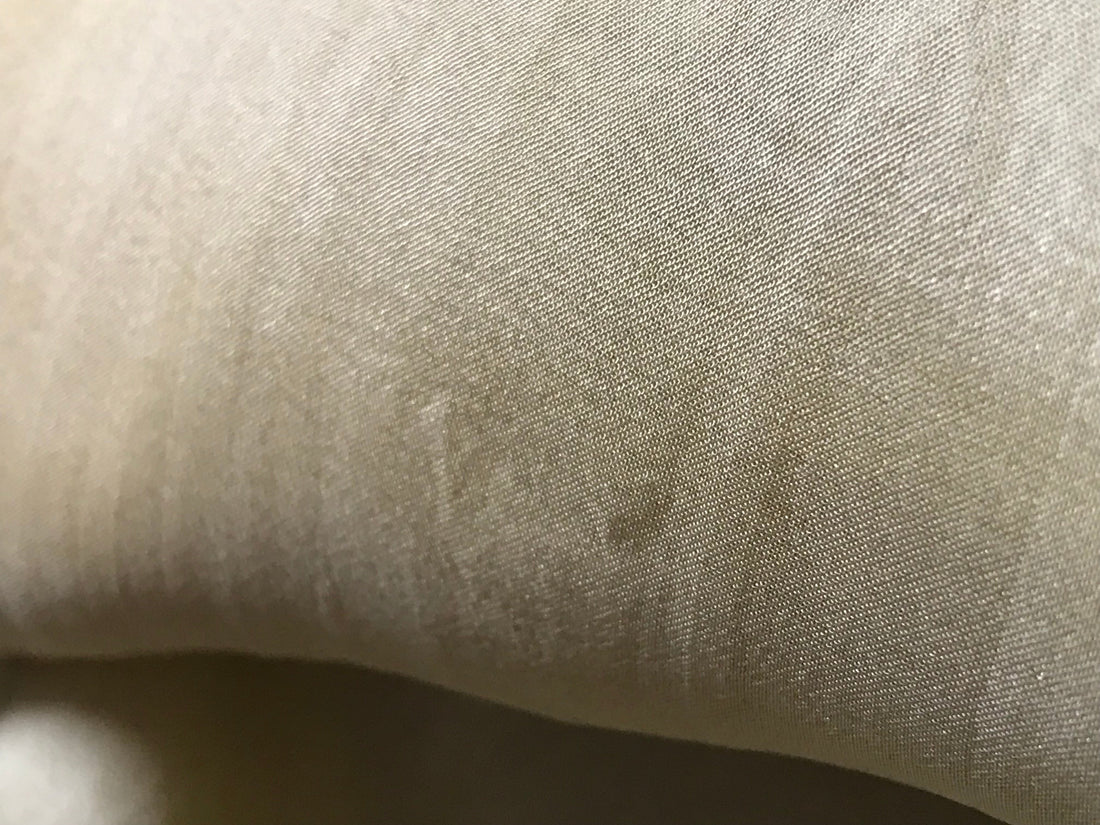Revive Your Silk: Gentle Stain Removal Tips

Share
Silk is a luxurious and delicate fabric that requires special care when dealing with stains. Unlike other textiles, silk fibers are fine and easily damaged, making stain removal a process that must be approached with caution. Using the wrong cleaning method can lead to discoloration, fiber weakening, or even permanent damage. To help you preserve the beauty and longevity of your silk garments, this guide will outline gentle yet effective techniques for treating various types of stains.
1. Small Stains: Dust, Mud, and Light Sweat

Minor stains caused by dust, mud, or sweat can be removed with minimal effort if treated promptly. These stains often result from everyday wear and environmental exposure. To clean them effectively, follow these steps:
-
Prepare a mixture of lukewarm water and a mild detergent, such as baby shampoo or a silk-specific detergent.
-
Dampen a soft cloth or sponge in the mixture and gently dab the stained area. Avoid rubbing, as this can weaken the silk fibers and create wear spots.
-
If dealing with dried mud, allow it to dry completely before gently brushing off excess dirt with a soft brush.
-
Rinse the treated area with cool water to remove any detergent residue.
-
Lay the silk flat on a dry towel and allow it to air dry away from direct sunlight, which can cause fading.
By using this gentle cleaning method, you can maintain the integrity of the fabric while effectively removing minor stains.
2. Oil-Based Stains: Grease, Makeup, and Food Oils
Oil-based stains, such as grease from food, makeup, or body oils, can be particularly challenging to remove due to silk’s natural ability to absorb oils quickly. To treat these stains effectively:
-
Immediately blot the stain with a clean, dry cloth or paper towel to absorb excess oil.
-
Sprinkle baby powder, talcum powder, or cornstarch generously over the stain. These powders help absorb the oil without damaging the fabric.
-
Let the powder sit on the stain for 15-30 minutes to allow it to absorb as much oil as possible.
-
Gently brush off the powder using a soft brush or a clean cloth.
-
If the stain remains, dab the area with a cloth slightly dampened with lukewarm water and mild detergent. Use light pressure to avoid fiber damage.
-
Rinse with cool water and air dry the fabric by laying it flat on a towel.
Repeating the process may be necessary for stubborn stains, but always be cautious not to over-treat the fabric, as silk can weaken with excessive moisture and agitation.
3. Blood Stains
Blood stains are among the most difficult to remove, especially if they are not treated immediately. The key to successfully removing blood stains from silk is to act quickly and avoid heat, which can set the stain permanently. Follow these steps:
-
Blot the stain gently with a clean, dry cloth to remove excess blood. Do not rub, as this can spread the stain further.
-
Rinse the stained area with cold water. Never use warm or hot water, as heat will cause the proteins in the blood to bind with the fabric, making the stain more difficult to remove.
-
If the stain persists, mix a small amount of hydrogen peroxide with cold water (in a 1:3 ratio) and lightly dab the stain with a cotton swab or a soft cloth. Be cautious when using hydrogen peroxide, as excessive use can weaken the silk fibers and lead to fading.
-
Rinse the fabric with cool water to remove any residue.
-
Lay the silk flat to air dry in a shaded area, as direct sunlight can cause discoloration.
If the stain is particularly stubborn, a specialized silk stain remover may be required. However, always test any cleaning solution on a hidden area of the fabric first to ensure it does not cause damage.
Final Tips for Silk Stain Removal
To keep your silk garments looking their best, consider these additional care tips:
-
Always test any cleaning solution on an inconspicuous part of the fabric before applying it to the stain.
-
Never wring or twist silk fabric, as this can cause permanent creases and weaken the fibers.
-
Avoid using harsh chemicals like bleach or strong detergents, as they can break down silk’s natural structure.
-
If a stain is particularly stubborn or if you are unsure how to proceed, consider taking the garment to a professional dry cleaner with experience in handling silk fabrics.
By following these stain removal techniques, you can help ensure that your silk garments remain in pristine condition for years to come. With careful handling and the right approach, even the most delicate silk pieces can maintain their elegance and beauty.




